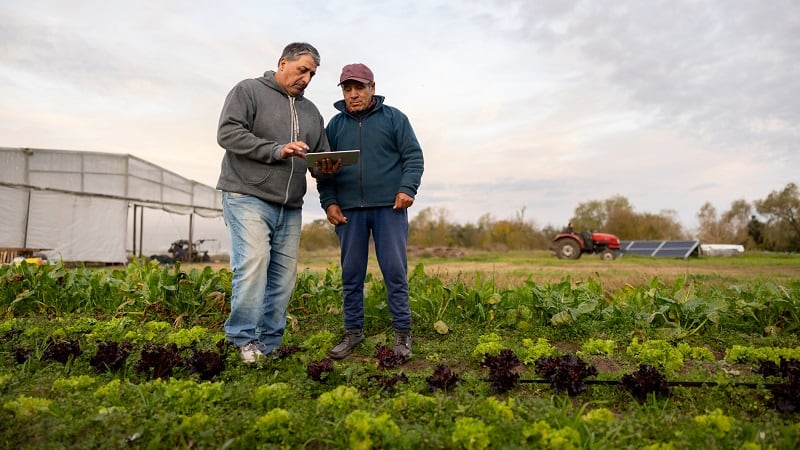Chipmaker and communications company U-blox expanded its partnership with positioning and connectivity provider Nordian to bring satellite connectivity to growers in Argentina and Paraguay, after launching its integrated solution to the Brazilian market.
U-blox produces short-range radio modules and positioning chips that are embedded into Nordian’s OEM Board, which can be integrated into original equipment manufacturers’ (OEM) vehicles to support global navigation satellite system (GNSS) capabilities. Nordian also offers plug-and-play style receivers that can be attached to farm machinery.
Now, farmers in Argentina and Paraguay have access to U-blox’s centimeter-level correction services, PointPerfect Flex, which provide 3-6 centimeter accuracy with convergence of satellite and terrestrial networks in seconds.
“In order to have [automation] working in a field, you have the GNSS receiver, which will give you the precise position and usually ... the direction of where you are heading. But for accuracy, if you are just relying on the receiver itself, you won’t get much better than 1.5-2 meter accuracy. So, you need to pair the receiver with a correction service,” Neil Hamilton, head of growth for services at U-blox, told AgTechNavigator.
Nordian is not only the go-to-market partner for this combined offering, but the tech company also has expertise in making the technology relevant for South American growers, Hamilton noted.
Nordian is “adding a lot more value for the farmer in the local market. We are just a technology provider behind the scenes, if you will. They have the smarts for making this relevant to ag in Brazil,” he elaborated.
Why are base stations not enough for automation
Farmers operating in remote locations often require satellite connectivity, in the absence of cellular service, to enable automation and various digital capabilities on the farm, Hamilton noted.
Typically, farmers create base stations, where growers’ house stationary GNSS receivers that can provide real-time kinematic signal to machinery and devices, which serve as a “source of truth in order to navigate accurately,” Hamilton noted. However, these base stations can be financially and time-consuming to operate, so sending the connection to the vehicle directly can be more efficient, he added.
“Someone has to set [the base stations] up, and then they often get knocked over, or the weather affects them, or someone moves them, and then that reduces time in the field doing work,” he elaborated.
U-blox and Nordian are expanding these products and services across South America, and bringing that innovation into new markets, Hamilton said.
“Interestingly, the boards and products [Nordian] make, they are now starting to sell them outside of Brazil as well, so into the U.S. market, because they provide lots of other smarts on board that the farming community actually wants to adopt. So, we are helping promote them elsewhere in the world as well,” he elaborated.




